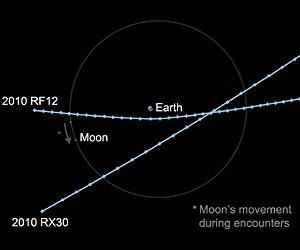 Workers stand next to a special drill, the Xtrata 950, which will dig an escape hole for the miners who are trapped underground in a copper and gold mine, as it is transported to the top of a hill at Copiapo, some 725 km (450 miles) north of Santiago August 27, 2010.(Xinhua/Reuters Photo)
Workers stand next to a special drill, the Xtrata 950, which will dig an escape hole for the miners who are trapped underground in a copper and gold mine, as it is transported to the top of a hill at Copiapo, some 725 km (450 miles) north of Santiago August 27, 2010.(Xinhua/Reuters Photo)From Live Science:
After spending almost a week in Chile, a team of NASA personnel sent to provide nutritional advice and psychological support to 33 trapped miners reported Tuesday that the efforts of the Chilean government have been outstanding so far, and the focus needs to be on long-term strategies that will allow the men to live sustainably underground as a community.
Read more ....














































